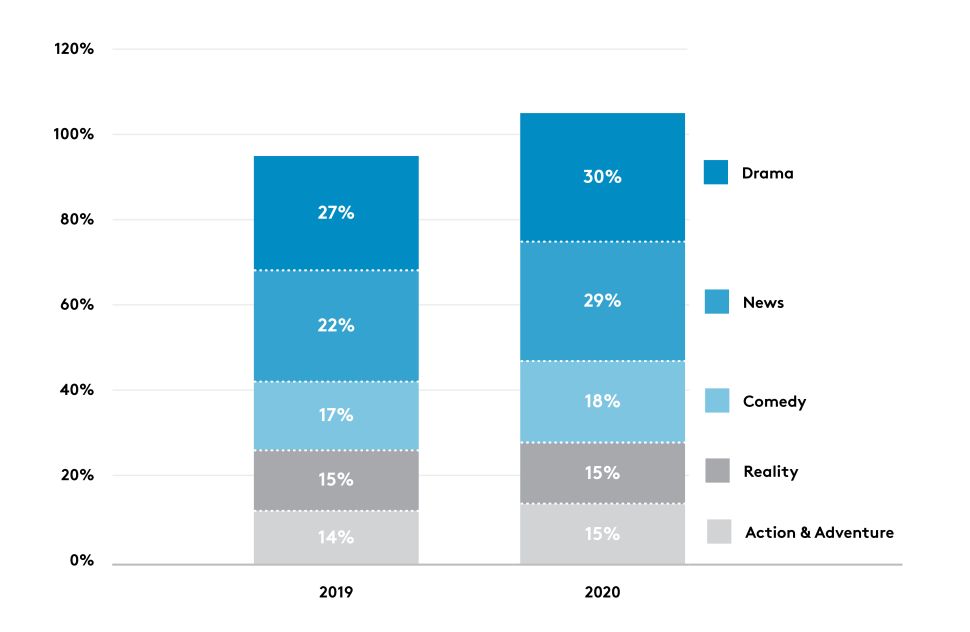Comcast Sees New TV Watching Behaviors During Pandemic
Research shows "days blurring together," jump in viewing time

The habits of TV viewers over the past two months have been altered because people are spending more time at home due to the coronavirus pandemic, according to a new report from Comcast.
The most obvious change is in the number of hours spent watching TV, the nation’s largest cable TV provider noted. Since early March, viewership has surged eight hours a week per household, from 57 hours a week to 66 hours, comprising an extra workday’s worth of content. Consumption of streaming and web video has jumped 35% across Comcast’s entire broadband network.
But it’s not only the increase in viewing hours that’s changed. It’s also viewing habits and the type of TV programming that has changed as well.
“We are seeing new behaviors we haven’t seen before, e.g., shifts in daily viewing patterns, changes in when programming is being watched and ways content is being accessed,” the company said in its report.
The people who are fortunate to still hold 9-5 jobs and can work from home can still distinguish between the work week and the weekend, however even for them, the pandemic is causing many to lose track of what day it is. Whereas weekends used to see the largest amount of TV consumption, that is no longer the case, Comcast said.
“COVID-19 is blurring weekday and weekend viewing levels and habits; Monday is a more popular viewing day than Saturday,” Comcast said. “What our customers are likely feeling in self-isolation—that all the days are blurring together and it’s hard to tell which day is which—is reflected in daily TV trends we observed.”

We’re also watching later at night. Comcast has seen a 40% upswing in viewing during the late-night hours, with the largest increases happening between 11 p.m. and 2 a.m. Early morning viewing between 6 a.m. and 8 a.m. has dropped 6%.
The smarter way to stay on top of the streaming and OTT industry. Sign up below.
DVR usage is down but VOD consumption has jumped 50% over the past two months. Viewers are also looking for new content—Comcast said it has seen double-digit growth in discovery related voice commands such as “what to watch” and “surprise me.”
This story originally appeared in Next TV sibling publication TV Technology.
